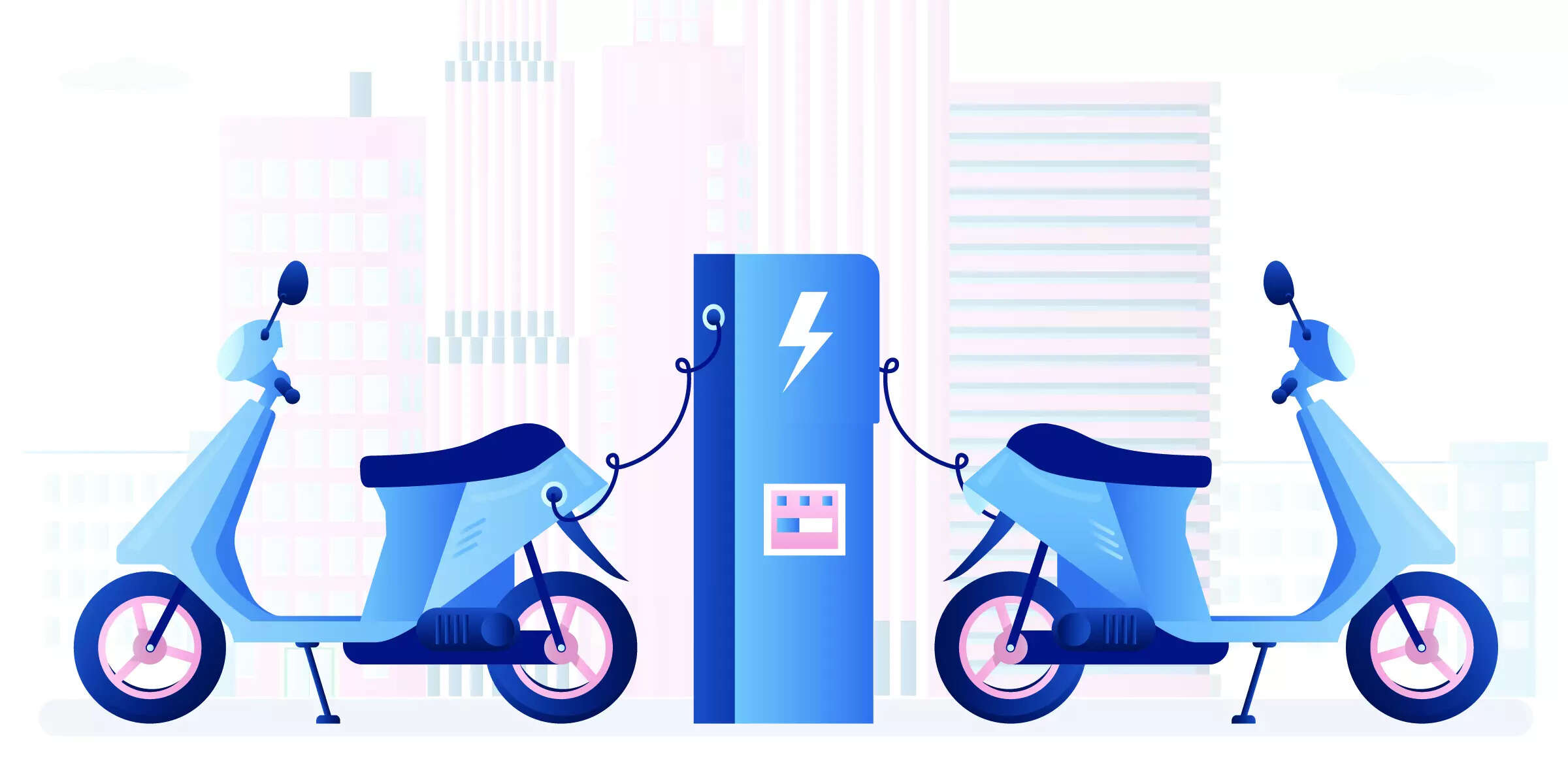
At a running cost of around one Rupee per kilometer, EV cars are more economical for users who drive for more than 1,500 kilometers a month.
However, EV users have to face a lot of range anxiety, therefore, they always need to ensure that their EVs are sufficiently charged to cover their entire day’s drive. Getting stranded on the road with a discharged battery is any EV user’s nightmare.
Currently, there are different types of charging systems for charging EVs. For example, the charging socket in Morris Garages cars are different from that of the Tata’s. This creates problems with the EV users in terms of looking for charging stations which are compatible with the brand of car that they own.
In USA and European markets, the problem has been solved to some extent by providing adopters to the customers.
Presently, apart from the EV manufacturers who install an AC charger (slow charger) at the residence of the EV buyer, there are some third parties who have installed and some others are installing charging stations in Indian cities. In Delhi NCR, EV owners are facing the problem of the compatibility of charging stations’ charging plug with that of the socket provided in the car.
For example, the charging gun which has been used in the charging stations of a third party vendor called Indus is compatible with MG cars but not with that of EVs produced by Tata Motors. Car owners, therefore, must access a charging station whose charging gun is compatible with their car but the nearby charging station may not be using the required gun, thus, the owner wanders from one charging station to the other and in the process may consume available range.
The Delhi government claims to be leading the EV wave in India with its policies and infrastructure that it claims to offer to its residents. However, such claims are far from reality.
In an RTI filed with the government owned EESL (Energy Efficiency Services Limited), a government entity which is responsible for installing and maintaining the DC chargers (fast chargers) in the state of Delhi, the reply received was that about 35% of the DC chargers are non-functional due to theft of the cables and the charging guns. It is very disheartening to see that the chargers installed by EESL at prime locations of Connaught Place, areas under the NDMC, Constitutional Club, Talkatora Stadium, Nehru Planetarium are all non-functional.
If one is lucky to reach a working charging station, he may find that there is a mismatch between the car’s socket and the charging gun’s pin. Be that as it may, let us look into the incompatibility of EV charging systems.
There are two types of chargers based on the type of electric current supplied – AC chargers and DC chargers. AC chargers are slow chargers while DC chargers are fast chargers. The types of cars sold in India and the charging system provided are tabulated below.
AC slow chargers are generally installed at homes and offices whereas the fast DC chargers are mostly installed at public places. The AC charging connectors may have a regular three-pin outlet with an EVSE cable or a wall-mounted home/office charging point. There are mainly two types of AC connectors – EC60309 and Type 2 Connectors.
The former has a single Phase, 15 Amp outlet with related safety interlocks. A variety of plugs and sockets of various sizes and pin counts are used in EC60309 connector. Type 2 connector (Mennekes) also known as IEC 62196 is universally used for charging electric vehicles. The circular connector has a flattened top edge and was designed to charge battery electric vehicles at 3–50 kilowatts. This type of connector has seven pins out of which one pin is earth pin, one neutral pin, three-line phase pin and two signalling pins.
The DC Connectors provide DC power to the EV’s battery pack directly. While a normal fast DC charging system can charge at 50kW, the Ultra-Rapid charging system can charge at 100kW to 150kW. DC chargers convert AC power to DC power at the charging station itself.
Ultra-Rapid charging systems are needed for heavy duty electric vehicles that have to travel long distances, thus, they need to be installed on highways if we want to curb GHG emission from trucks. There are mainly three types of DC charging connectors namely GB/T, CHAdeMO, CCS1 and CCS2 connectors. GB/T connectors, which are mainly used in China, are used in older EVs in India.
CHAdeMO EV connector was developed in 2010 by a Japanese company. This EV connector offers up to 62.5 kW at 500 V with 125 Amperes. It has a control pin (CP) whose CAN Protocol communicates between the electric car and the charging system. Its latest specification 2.0 can transfer power up to 400kW.
Combined Charging System (CCS) charging sockets share communications pins to combine both AC and DC inlets. Therefore, the CCS charging socket occupies less space than CHAdeMO and other AC charging connectors. Both CCS1 and CCS2 share the same DC pin architecture and communication protocols.
While Japan uses CHAdeMO EV connector, South Korea, North America, and a few other countries primarily use CCS 1 but European countries remain the primary users of CCS 2. Recent cars sold in the Indian market, too, mostly use CCS2 but other charging systems, too, are present.
There is an urgent need to standardise the EV connecting systems. Despite IS 17017, the standard for EV charging systems, cars are still being sold with different charging systems. The government needs to enforce a standardized charging system so that the customers do not suffer and manufacturing costs go down.
To learn more about the electric vehicle ecosystem and meet the key industry leaders, click here.

